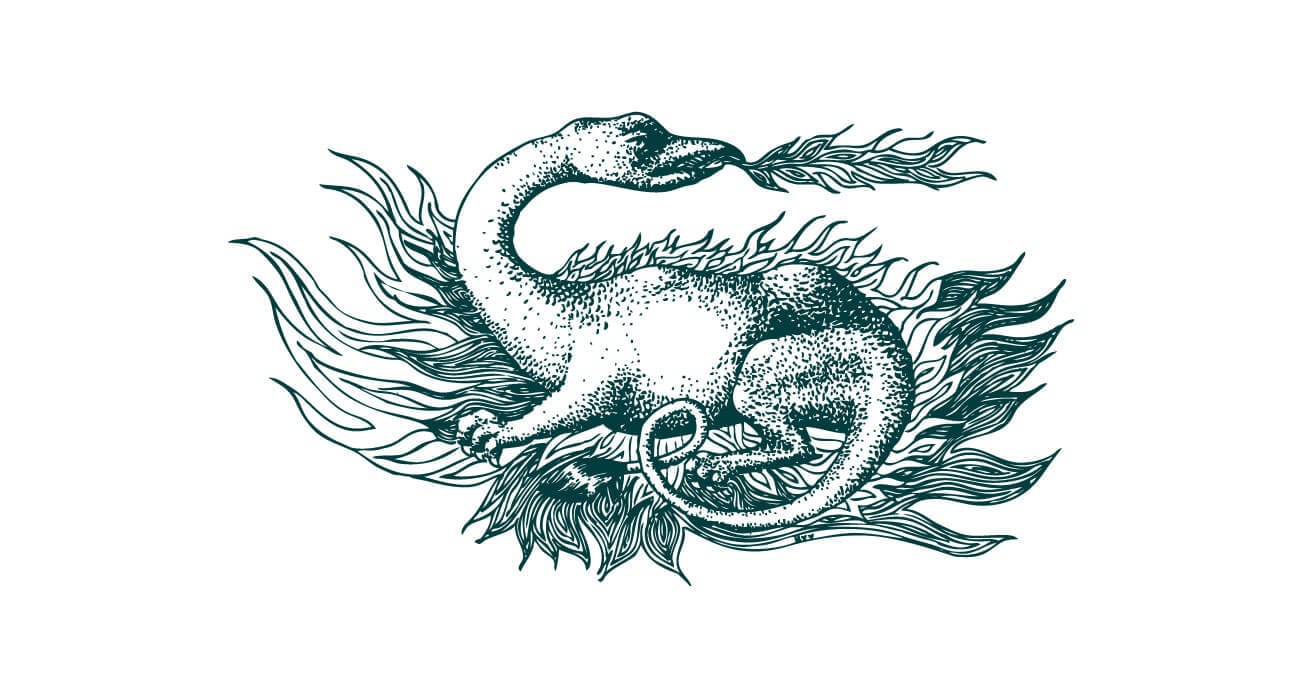
Founding decisions and policies gave form and function to radical ideas at INSEAD. Like all underfunded and unknown ventures, dedication and hard work were needed. This came from faculty, administrators and even early participants.
At first, growing the new school was the goal. The immediate priorities were to introduce INSEAD to prospective applicants, collaborators and sponsors, and establish a sustainable revenue stream. Everyone worked together as a team, and the results ignited European and US media attention. This exposure significantly increased the visibility, legitimacy and financial sustainability of INSEAD.
Those who study and learn at INSEAD have been the school’s most persuasive and engaged ambassadors. The first graduates founded the INSEAD Alumni Association. Early graduates also served as recruiters, promoting INSEAD in their home countries and places of work.
At this time, founders and administrators had secured sponsorship from 17 European companies, multinational company IBM and the Ford Foundation. The first chaired professorships sponsored by these companies were an important source of funding for the school. These successes encouraged creativity and boldness, fuelling the school forward.
In 1965, INSEAD broke ground on a dedicated campus in Fontainebleau and the first classes were held there in 1967. The state-of-the-art facilities featured classrooms and campus spaces encouraged interaction, and workspaces allowed for work in isolation, but with the steady hum of background activity.
It was not just the facilities that broke new ground that year. In 1967, INSEAD welcomed the first women into the MBA programme, joining a small movement of schools advocating for women in management education.
The new campus also gave INSEAD space to pioneer executive education. Given its proximity to business, INSEAD was ideally suited to meet this need. In 1968, executive education formally launched with our first four-week Advanced Management Programme.
Around this time, INSEAD also began to build a faculty of professors who wanted to join a perfectly international school and make their mark, entrepreneurial faculty members with practical experience and the desire to establish new ways of thinking.
1960
The first class of MBA graduates was diverse, comprised of 52 students from 14 countries – pioneers and trailblazers each and every one

From the start, the logo used the INSEAD name and depicted reach beyond any one country

1961
Graduates of the first MBA intake, led by Jean-Marie d’Arjuzon MBA’60 (centre), establish the INSEAD Alumni Association and adopt the Salamander insignia of François I as their symbol


1962
IBM, Procter & Gamble, and McKinsey join Saint-Gobain and Péchiney to establish first professorial chairs
Architect B. de la Tour d’Auvergne’s design for a structure in aluminium, glass and brick selected for new campus

Jean Martin meets with Mayor of Fontainebleau Paul Séramy (right), who was instrumental in the land trade that allowed campus construction to go ahead

1963
Classes move into the Collège des Carmes, a former priory in Avon

Olivier Giscard d’Estaing appointed Director General and pursues an ambitious global mission – lecturing, developing media contacts, raising funds and promoting the school

1964
With greater clarity of vision, the logo brings Europe into focus in a global context

Roger Godino appointed Dean of Faculty, in charge of improving faculty and participant standards through increased workload and testing

1965
The first stone of the Europe Campus is laid in a high-profile ceremony inaugurated by Minister of Industry Michel Maurice-Bokanowski (centre)

1966
Annual intake averages 140-150 participants - doubling in size from first intake
Participants attend one of the final classes in the Collège des Carmes in Avon

1967
Philippe Dennis appointed Director General, with a priority to recruit a top-class full-time faculty after completing the new campus

The logo depicts the Founders Trees on the new campus, representing global education, rich diversity and the spirit of entrepreneurship

The modern campus opens on the edge of the Forest of Fontainebleau

First female students join the MBA programme

1968
Faculty grows to 12 Permanent members
Launch of first executive education Advanced Management Programme

INSEAD library becomes the largest European repository for books on management

1969
John H. Loudon appointed Chairman of INSEAD, forging new links with international companies and keeping INSEAD close to business

At the inauguration event, Olivier Giscard d’Estaing welcomes Minister of Industry André Bettencourt (front centre-right) to the INSEAD campus



